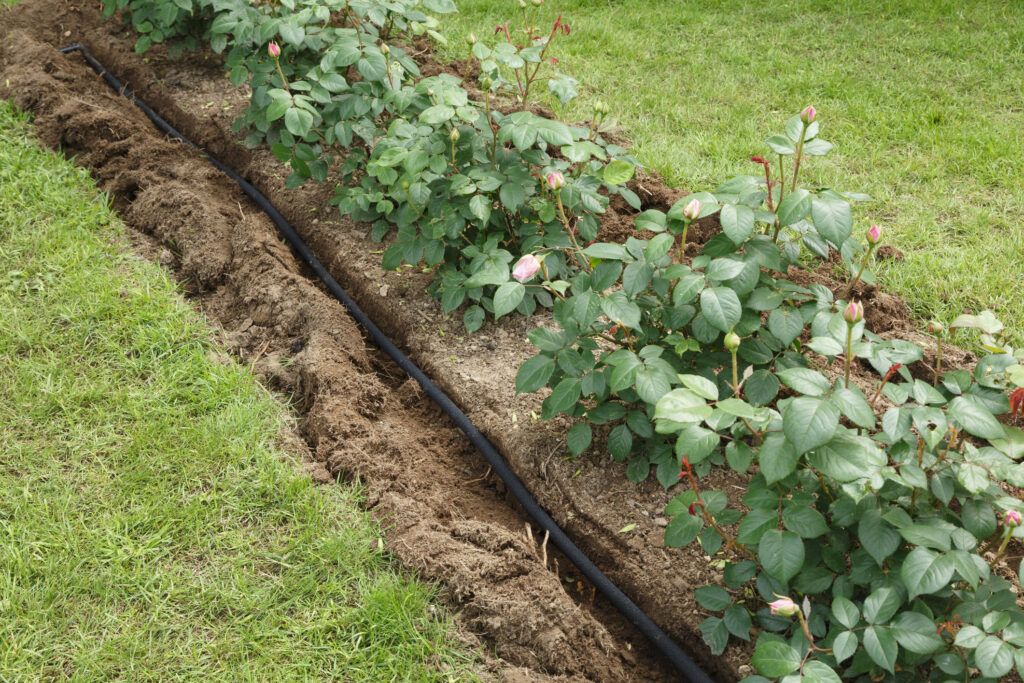Keeping a garden green and flourishing amidst the sweltering heat, scorching sunlight, and dwindling water reserves can be a challenging task. Add to that the rising cost of water, and unpredictable rainfall and you have all the ingredients for a potentially disastrous situation. Keeping your garden alive and thriving throughout the summer requires strategic planning, diligent monitoring, and regular maintenance. So what exactly do you need to keep your garden from withering away? Ideas! Here are some easy garden watering ideas, to help you water your garden in a cost-effective, stress-free way!
Garden Watering Ideas:
1. Install a Drip Irrigation System
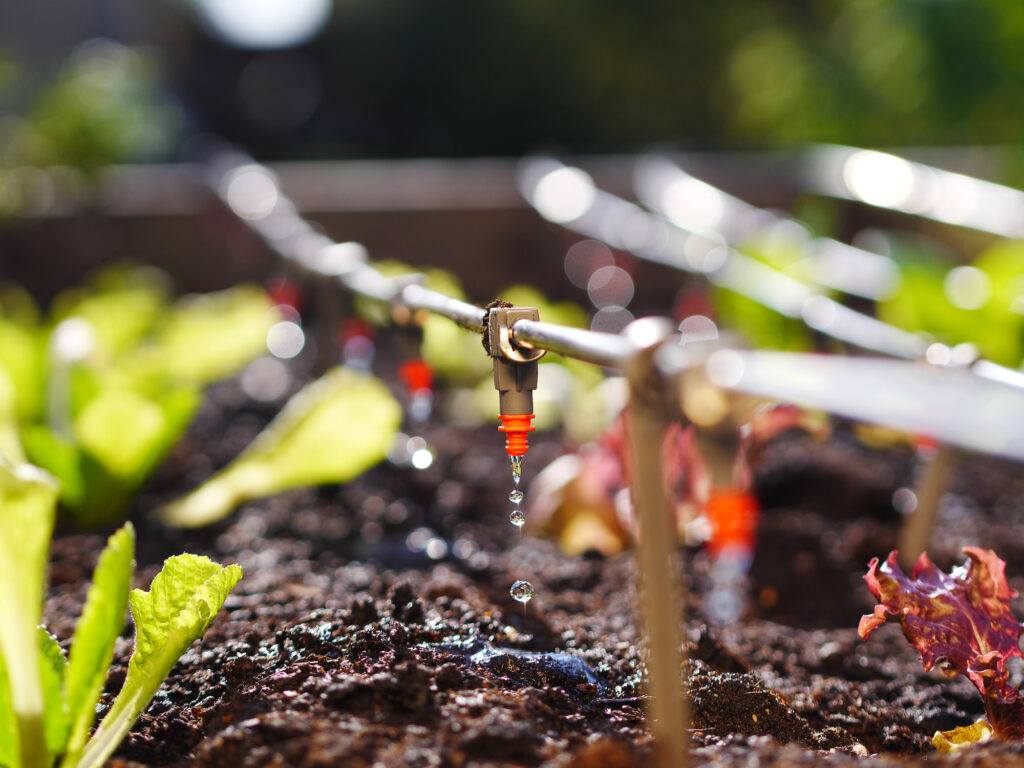
A drip irrigation system utilizes a network of pipes that slowly release water directly to the roots of your plants, keeping them hydrated and vigorous, even during prolonged dry spells. There are different types of drip irrigation systems, each suitable for different types of gardens. A drip irrigation system is an excellent long-term investment and can save you money by not wasting water. Because the system slowly drips water right where it’s needed, the plant can absorb more of it before it runs away deep into the soil. The system can also be automated and programmed to run on a timer so that you don’t forget to water your plants.
2. Use a Hose Timer
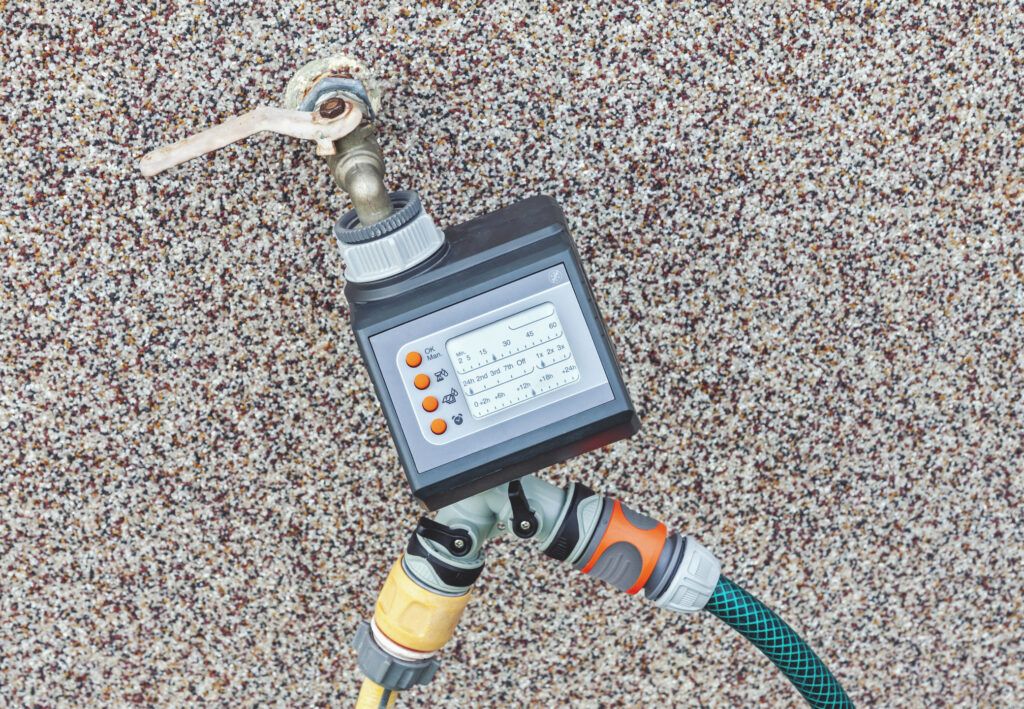
A hose timer is one of the most effective ways to water your garden while minimizing water wastage. The device is designed to control the flow of water to a selected hose end. To ensure your garden gets the right amount of water, choose a hose timer that allows you to program it according to your plants’ watering requirements. You can also set it to the most efficient times, such as early in the morning or in the evening. This will help reduce water loss due to sunlight. Perhaps the best thing is that it doesn’t matter if forget about it or are away on holiday. Provided the timer is working – don’t forget to check the battery if it has one – then you can relax and know that your garden is watered regularly as clockwork!
3. Harvest Rainwater
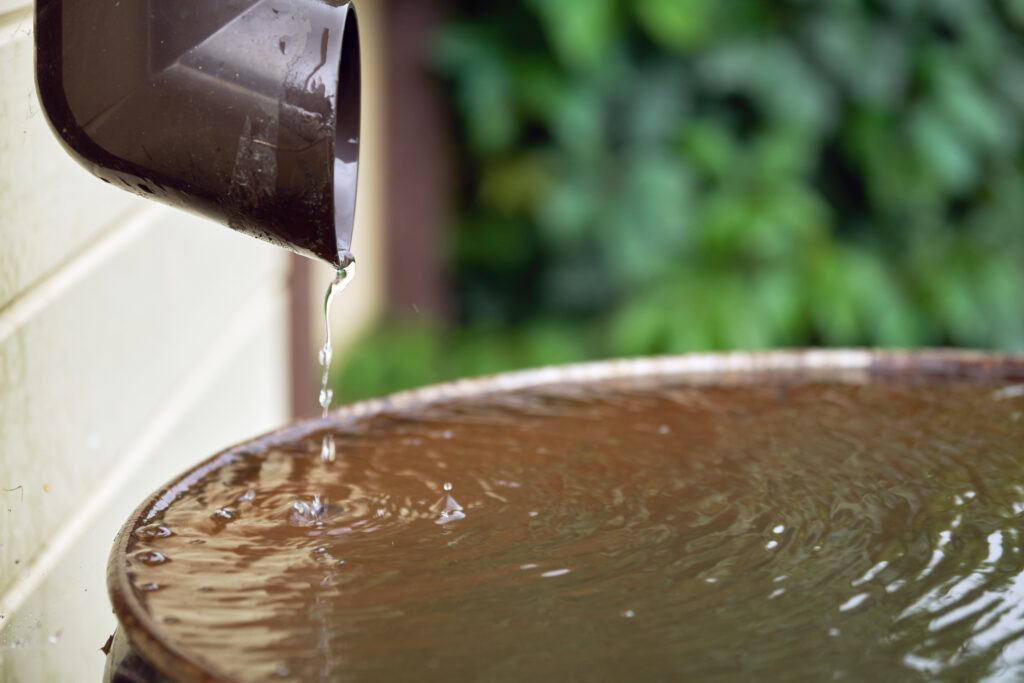
Rainwater harvesting is one of the most effective ways to save water and money while keeping your garden hydrated. Rainwater harvesting is the process of collecting and storing rainwater. It is an excellent way to supplement your water reserves, especially during times of drought. Most households can make do with a single water butt, but if you have a particularly large area to water, then you might even have two or more. Using water in this way does require manual watering in most cases – using a watering can for example However, if you can get your container up high, or if your garden runs on a slope, then you might even be able to utilise a gravity-fed irrigation system (coming up next).
4. Use a Gravity Irrigation System
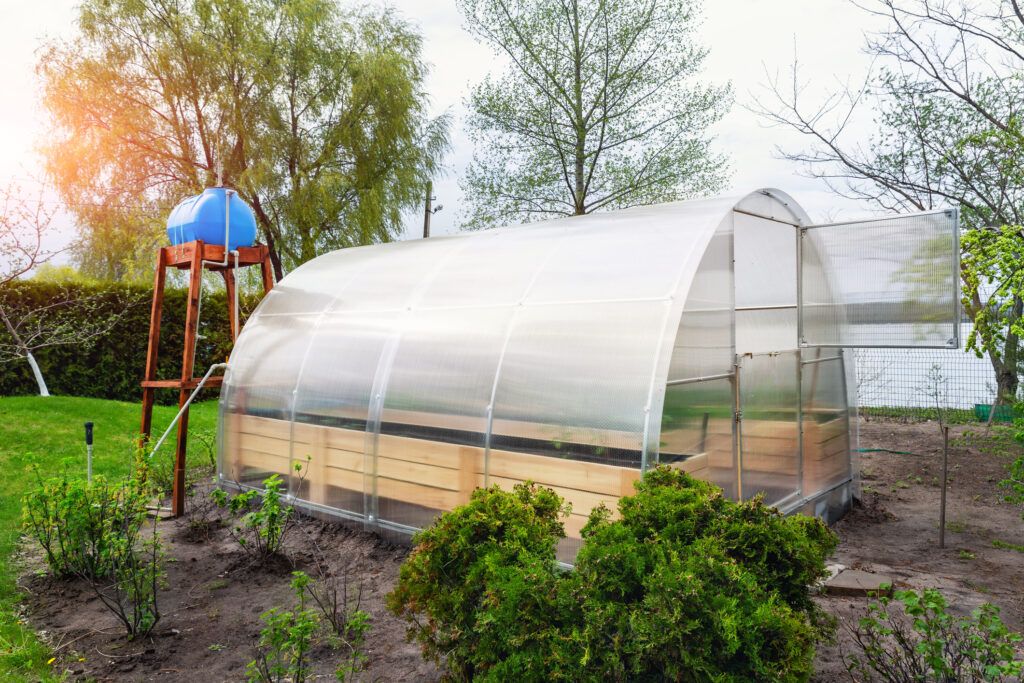
A gravity irrigation system is a very clever setup that uses the power of gravity to slowly push the water around a narrow pipe system away from a central container or water butt. As we covered in the last section, it’s a good idea to collect rainwater to save water (and money), but it can be a drag having to keep filling a watering can and water the garden manually. There’s also a chance that you’ll forget! By rigging up a gravity-fed system, you can rely on good old gravity to disperse the water to your plants, as long as there’s water in the tank. You could even incorporate a water timer, but just be aware that many of these devices really on high water pressure to open the valve, so you’ll need to choose carefully.
5. Lay a Soaker Hose
A soaker hose is a porous hose that releases a slow, steady flow of water to your plants’ roots. Once installed, it’s an easy and effective way to water your plants, especially if you have a large garden. A soaker hose is beneficial because it delivers water directly to the roots of your plants, helping them stay hydrated during dry spells. It is also an excellent way to save water as only a small percentage of the water evaporates while the rest seeps into the soil. Soaker hoses are available in a variety of lengths and diameters but you can also make your own. When using a soaker hose, it is important to keep it above the ground to avoid clogging. You can bury it slightly using a mulch of some kind though, to further reduce evaporation. You can also use a soaker hose reel to keep the hose neat and tangle-free.
6. Use an Automatic Sprinkler
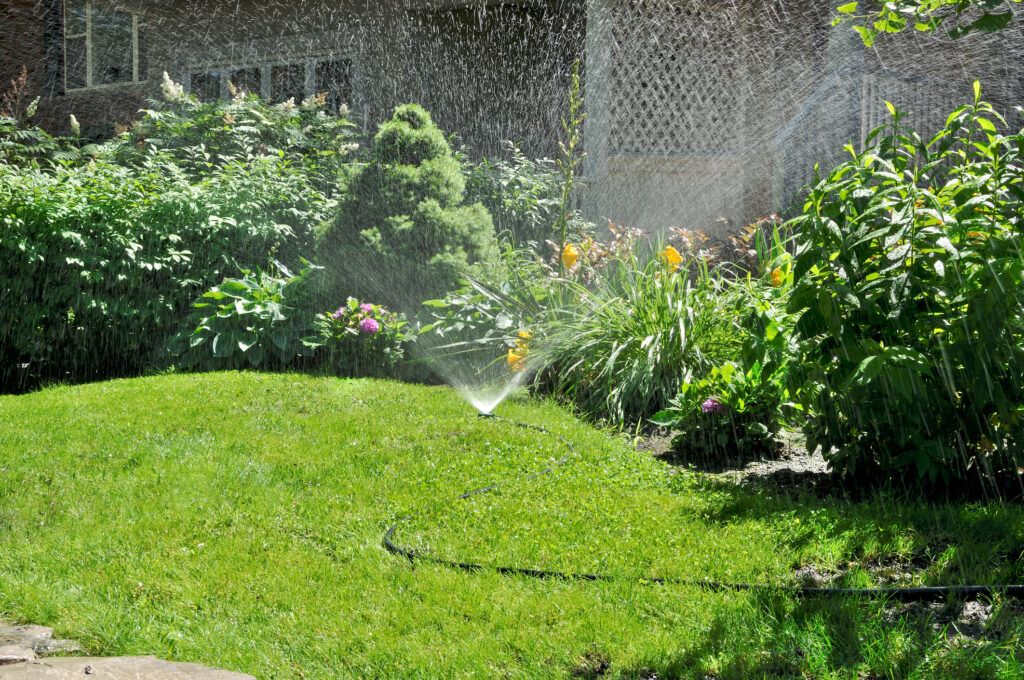
An automatic sprinkler is a great way to water your garden, especially if you have a large or unevenly planted garden. Automatic sprinklers release a steady flow of water that is distributed throughout your garden with no or little effort. They’re also ideal for watering gardens with delicate plants and some can be switched between a jet or fine spray. They can be more expensive than other ways of watering your garden, but they’re still highly efficient and very convenient. There are many different types of sprinklers available, each with its own set of perks. Rectangular, oscillating sprinklers release jets of water that is distributed within a specific part of your garden and are perfect for lawns, beds and borders. Rotating sprinklers are generally cheaper to buy and release a 360-degree spray of water and often have a greater range – ideal for covering the entire garden. Impact sprinklers release a strong, forceful spray of water that covers an even bigger area, so is ideal for watering large gardens.
7. Use a DIY Water Bottle Drip System
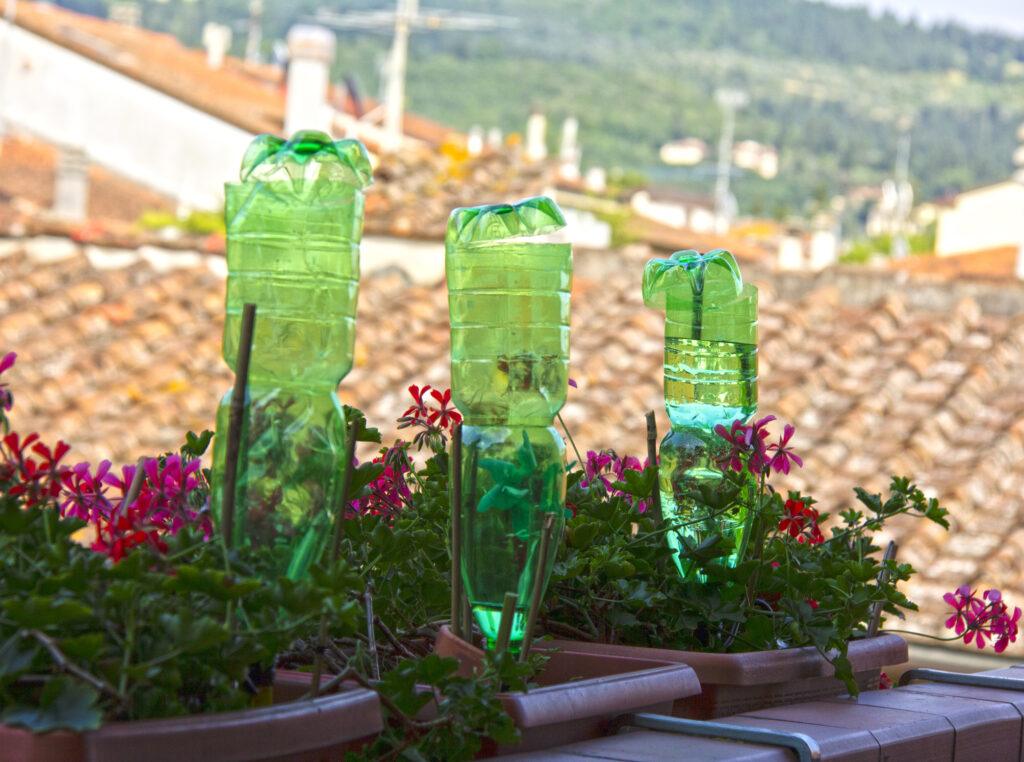
This is a simple and effective way to water your plants. Here’s what you need: Empty plastic bottles / A knife / A nail / String / Scissors / Water.
There are various ways to approach this. The video above shows how to rig up a system using string to wick the water from the bottle into two plants at the same time. You could also try tipping a bottle upside down and making a small hole in the cap to slowly drip the water into the soil. Either way, the idea is that water drips slowly into the soil, keeping your plants hydrated and healthy. This is an excellent and inexpensive DIY project for your garden.
This video shows just one way to do it:
If this all sounds a bit too fiddly, you can also buy a set of water bottle plant drippers, which are a quick and inexpensive solution. These are ideal for watering in awkward places, such as in containers and also very useful to cover times when you’re away from home for a couple of days.
8. Use Solar Powered Irrigation
This clever idea is both as eco-friendly as it is cost-effective. Once the system has been installed, it’s completely cost-free, provided you have enough collected rainwater – as covered in section 3. It works by connecting a water tank to a solar panel with plastic tubing. When the sun is out, the solar panel converts its energy into electricity, which then activates a pump to transfer water from the tank and irrigate your plants. Due to its simplicity, this irrigation system is available at a relatively low cost and can be used in any climate. The only maintenance required is to make sure the tank is topped up with water. The downside, of course, is that you need some sunshine for it to work. However, it’s most likely that your plants will need water the most when the sun has been shining and so in that sense, it’s a self-regulating setup.
9. Setup a Cloud-Based Smart Watering System
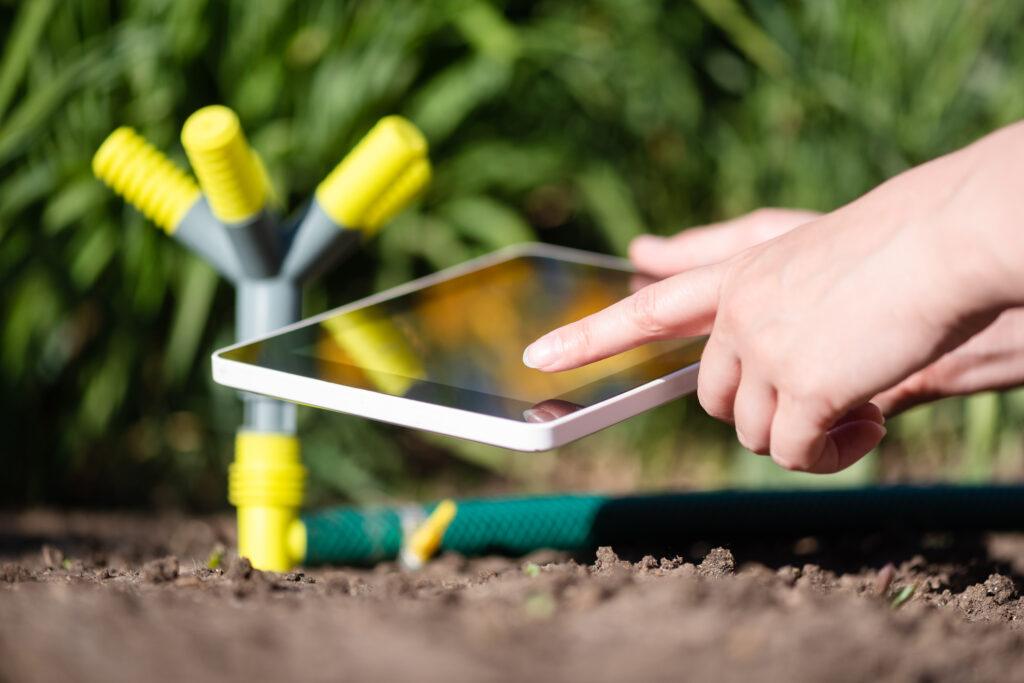
Cloud-based sprinklers use a network of sensors and timer valves which can detect the optimal time to water your garden and deliver water when and where it’s needed. Choose a sprinkler system that connects to your Wi-Fi so that you can control the watering schedule remotely. These systems make use of the latest in app technology and can be easily programmed with your smartphone. Besides being a cool and handy garden gadget, cloud-based sprinklers and drip systems are also a great way to water your garden while you are away. You can set the watering schedule according to your plants’ needs and the plants will be watered even when you are not around. There are an increasing number of commercial products around and also companies like Gardena make products for domestic customers.
This video about the Gardena Smart Irrigation Control System gives a good insight into how this kind of system might be installed in your garden:
10. Use Self-Watering Pots and Containers
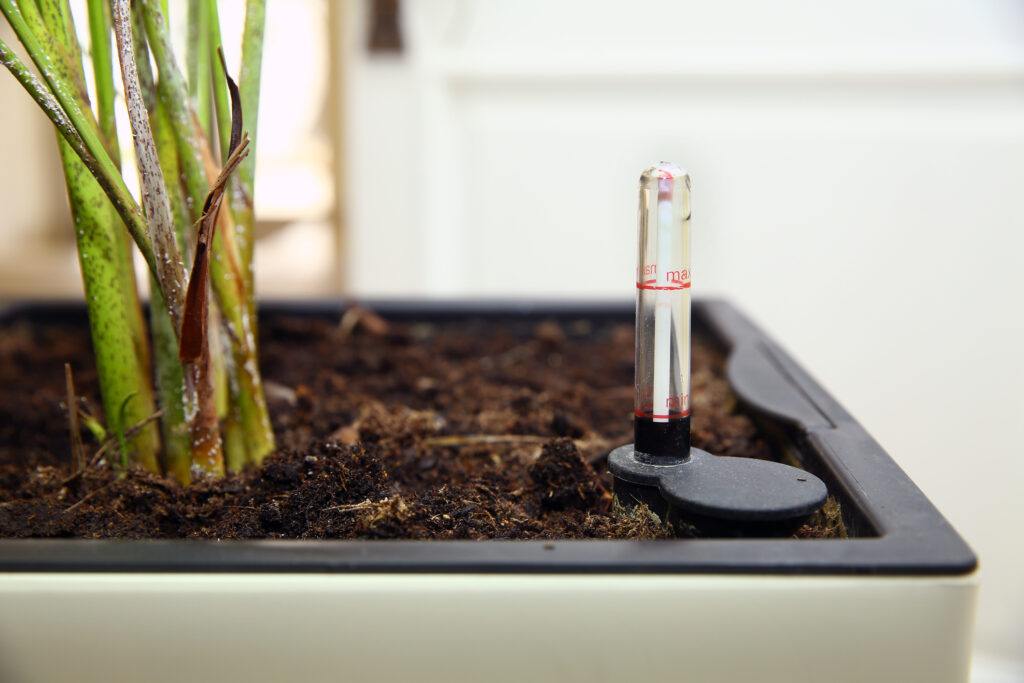
Self-watering pots and containers are ideal for plants that have a small root system and need consistent watering. The pots have a reservoir at the bottom that is filled with water. As the plant grows, the water is used up and more is released from the reservoir. It is important to choose the right type of pot depending on the kind of plant you are growing. For indoor plants, choose a pot that has holes at the bottom to allow extra air to flow through. Self-watering pots and containers are an excellent choice for plants that need consistent and regular watering. While you are at work or away from home, you can rest assured that these plants will be well-hydrated.
Extra Tips and Tricks
- Consider combing some of the ideas above to create your ultimate watering system. For example, you could use a solar irrigation system with collected rainwater. Or you could use a hose timer in conjunction with a sprinkler system.
- If your chosen watering method does require an action from you, set up reminders on your smartphone or try to keep the same routine each day, so you don’t forget to water.
- Try to water the garden in the early morning or the evening, when the temperatures are cooler and less water will be lost due to evaporation.
- Test your set-up regularly and check for problems, such as blockages or leaks. It’s quite common for irrigation nozzles to get clogged or for hose connectors to work loose, so it’s worth keeping on top of your system, especially if you’re going to be away.
- Use good quality, water-retentive compost for your plants. You can also cover the soil with mulch, such as straw or bark chippings, which will help to insulate the ground underneath and slow down evaporation.
Final Thoughts
So there you have it, 10 ideas to help you water the garden effectively wiith minimum hassle and effort. Besides just keeping everything alive, I’ve been amazed by the difference regular and consistent watering can make to growing healthy plants. With such a great range of tricks and gadgets to try, there’s really no need to spend every evening dashing around with a watering can – unless that’s your thing!
Give some of these ideas a try and let us know what works best for you in the comments below! Happy watering!

